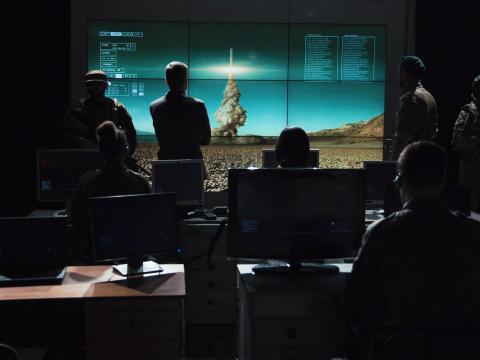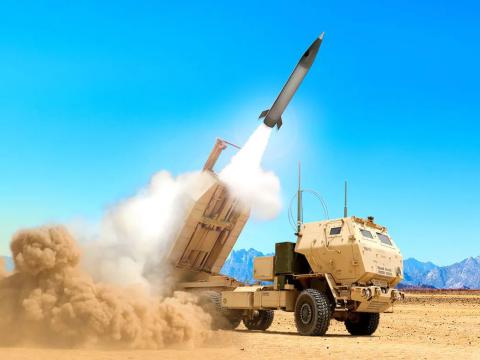President's Commentary: Tactical C3 Must Not Be an Afterthought
Tactical command, control and communications (C3) is significantly changing as the U.S. military retools amid 17 years of conflict in the Middle East.
Tactical command, control and communications (C3) is significantly changing as the U.S. military retools amid 17 years of conflict in the Middle East. During this period, much of the long-term joint tactical C3 planning and resourcing was overtaken in favor of addressing immediate—and vital—needs on the battlefield.
As emphasis on emerging and re-emerging threats and their rapidly expanding capabilities has increased, two main drivers dominate future tactical C3. One is the need to develop a secure, interoperable, coherent joint network capability at the tactical level—thoughtfully designed and readily adaptable to new technologies, particularly those from the commercial sector. The other is to concurrently address operations in a contested and evolving battlespace.
Tactical C3 must meet the changes of a new age. Warfighters are demanding more advanced capabilities as data proliferates and its application evolves. The future tactical radio and associated networking capabilities should resemble a highly ruggedized commercial mobile device with a series of appropriate mission-focused applications, underpinned by a robust and secure network. The operator must be aided by increasingly automated and dramatically simplified tools.
Because of the shifting dynamics and complexity of the operational and tactical battlespace, integrated network management capability is needed to allow network operators/managers to fight, dominate and effectively operate within a dynamic radio-frequency (RF) environment. This capability should provide every node’s location and supply key network management information to generate the optimal transmission path and network configuration for any given situation where nodes are mobile, eliminated or altered. It must ensure that data flows to its intended recipients in real time. If a node goes down, then the network must automatically engineer alternate routes, reduce manual actions and avoid taxing a busy network operator who may be directing a call for fire, a medevac or close air support.
In the future fight, mobility, adaptability, diversity, flexibility and agility will rule the day. Smart television user technology and smart assistants integrated with artificial intelligence and machine learning give us a glimpse of what is feasible to reduce the burden on our military members.
A major concern for future tactical radio communications is the availability of RF spectrum. The RF domain provides the conduit over which most tactical data traverses, including satellite communications. Commercial uses often compete or interfere with military spectrum needs for this finite national resource. The ability to swiftly adapt in a changing RF domain will be one of the keys to future warfighting success. Because of the electronic warfare threat, this type of adaptability requires radios that sense the RF environment and rapidly make automatic frequency adjustments when faced with interference or restrictions created by RF physics.
Radios must be multiband and software-based to foster the quick addition and dissemination of updates and new capabilities across a broad set of operational considerations. Radio systems must feature improved antijam and security capabilities, including low probability of intercept/low probability of detection to counter enemy signals intelligence, jamming and fires.
Multiband antenna technology needs more research. When a radio changes frequency, its antenna must load and tune rapidly across a range of frequencies and bands for optimal transmission and reception.
Lightweight, compact, highly transportable power sources designed to operate effectively over long periods of time must relieve our service members of the burden of hauling batteries that must be changed frequently. Many networked radios may constantly be “on” in a networked transmit or receive mode. Tactical warfighters need not be hindered by having to repeatedly swap out batteries.
Similarly, with automated technology multiplying at the tactical level, power sources that emit a low-infrared signature and are increasingly mobile, lightweight and fuel-efficient are needed to cool and power new capabilities.
Providing effective tactical C3 in a contested environment is a challenging and complicated endeavor. It is often referred to as “the last tactical mile,” yet the tactical battlespace is where steel most often meets the target, and the place where our uniformed men and women are often the most vulnerable. It is often underfunded compared with more glamorous capabilities.
Tactical C3’s design and resources need to become higher priorities. There are many technologies in the commercial sector that, when coupled with academic research, can be leveraged to deal with tactical C3 challenges. This will require a genuine and concerted effort by all parties. Bureaucratic roadblocks to these efforts must be eliminated and incentives provided. The last tactical mile needs to be the first tactical mile.




Comments